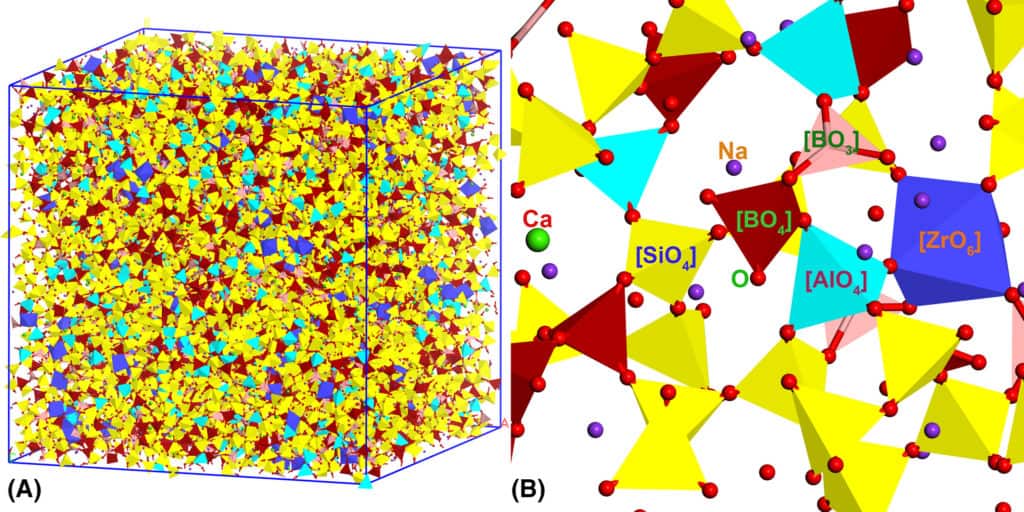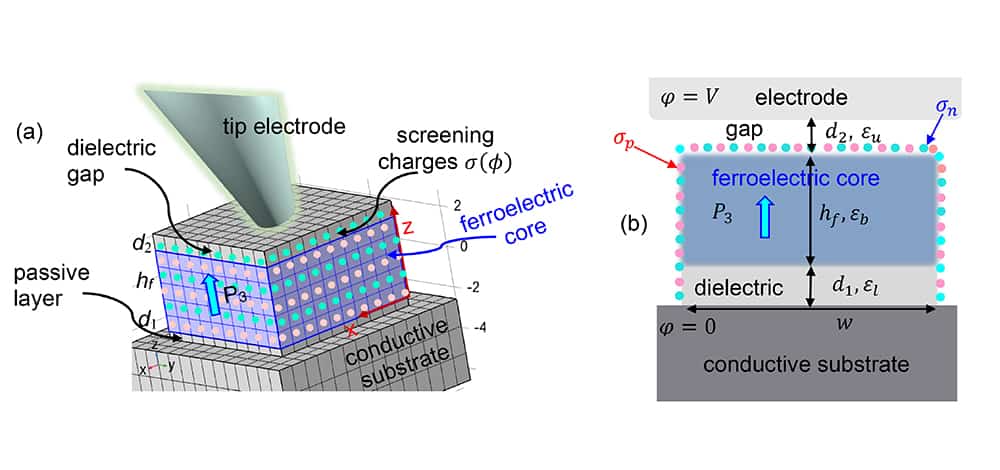As part of the IYoG celebrations, ACerS’ “Glass: Then and Now” series is highlighting ACerS journal articles each month that support advancement in glass science and technology. The focus this month is molecular dynamics simulations.
Read MoreThere still is much to learn about how surface-charge dynamics influence the behavior of ferroelectric materials. In a recent open-access paper, researchers from the United States and Ukraine used finite element modeling to map these dynamics for ferroelectric nanoparticle dispersions.
Read MoreComputer-based methods aid in identification, classification, and reconstruction of ancient artifacts. A recent review paper outlines the strengths and weaknesses of current state-of-the-art computer-based methods for analyzing archaeological pottery.
Read MoreThough hexagonal boron nitride is generally regarded as the most stable boron nitride structure, the relative phase stabilities of boron nitride polymorphs are still under debate. Researchers led by the Japan Advanced Institute of Science and Technology used Monte Carlo simulations to calculate the relative phase stabilities of these polymorphs.
Read MoreHyperspectral imaging has gained much attention in the field of cultural heritage, but there are difficulties using it outdoors due to ever-changing levels of light. Researchers looked to overcome this limitation by developing a calibration method that can account for and eliminate variations in illumination.
Read MoreCold bending is a method commonly used to form curved glass for curtain walls. Researchers in China developed an analysis model to determine the reliability and sensitivity of glass formed this way.
Read MoreThe origins of the world ocean remain a much-debated topic to this day. A new paper by researchers from several universities in China and the Skolkovo Institute of Science and Technology in Russia posits that magnesium hydrosilicates served as reservoirs of water in early Earth.
Read MoreWhen designing ferroelectric materials, researchers have long been guided by the belief that smaller domain sizes lead to greater piezoelectric properties. A recent study by Penn State and Xi’an Jiaotong University researchers raises questions about this standard rule.
Read MoreIn November 2021, the National Science and Technology Council subcommittee marked the 10th anniversary of the Materials Genome Initiative by issuing a new, comprehensive five-year strategic plan for the MGI. Learn more about the new plan in today’s CTT.
Read MoreCurrent neural networks are incapable of understanding symmetry, which limits the conclusions that can be drawn from the data. Researchers from Lehigh and Stanford universities developed a new model that includes symmetry-aware features to improve symmetry approximation.
Read More









